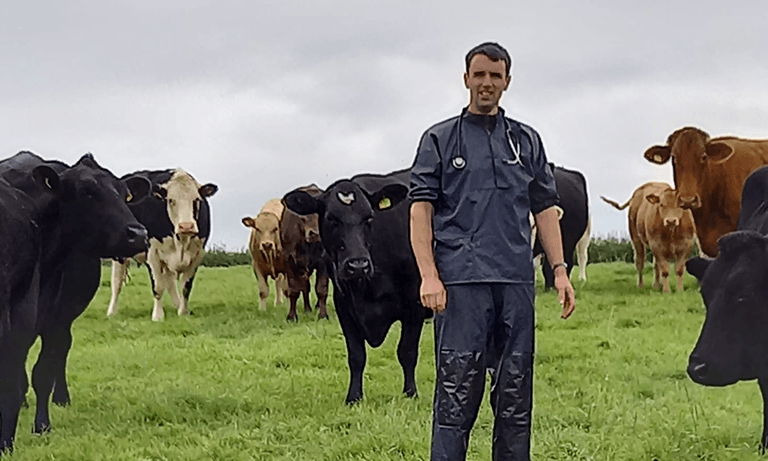Standing up for the veterinary profession
08 Aug 2024
01 Mar 2022 | Richard Walters
The ibtb website has recently been updated to display all active holding numbers along with the length of time since a bTB breakdown. BVA South West Representative, Richard Walters, discusses whether this is a useful development.

“How’s TB going then?” As a farm vet in the South West, I hear this question as often as I hear comments about the weather. It used to be a terribly awkward question to answer, what with client confidentiality and a historic nervousness for neighbouring farmers to be open about their disease status. I usually got by with a generic comment aiming at some sort of optimism for the future. It was therefore a great help to me when, in 2015, www.ibtb.co.uk came along to be able to direct farmers to look at the evidence themselves, or, if there was good enough signal, to show them their farm on a map with the various blue dots of breakdown herds around them.
Now I can appreciate TB is not an exciting subject for everyone and maps possibly even less so. I may therefore be in the minority of the population who is delighted (or at least curious) that there is now an extra layer of ibtb for farms in England. You can now choose to view either breakdowns (bad things) or health ratings (good things?). You can therefore now view all holdings as different coloured dots on the map depending on how long they have been free from TB.
One of the key asks of the BVA bTB policy position was that “Knowledge-based trading should be accepted as standard practice with provision made for this to become mandatory. To facilitate this the provision of information must be user-friendly and provided in a timely manner”. I see this new development on ibtb as being a small but crucial step towards this, although it is unlikely that the majority of farmers at market will now be frantically searching CPH numbers on ibtb as each lot enters the ring.
Is this actually useful then? I think the answer is yes, information is always useful to some degree, but how can vets and farmers use it to their advantage? It is of course a simplistic view of risk if you are buying cattle. But many of the other risk factors are already in the buyers grasp – are they buying:
When it comes to bovine TB, objective information is often in short supply. There are loads of strong opinions and heaps of contradictory science. This is why I like ibtb. It is not trying to tell you why or how, just binary information on a map. Vets and farmers must figure out how to best use it for ourselves.
Another tool for the oft-mentioned TB toolbox then! If only we had a map of BVD, Johnes and Neospora – then buying disease free cattle would be really difficult…which reminds me, I need to source 5 baby calves for myself and the dot from which I had some fabulous calves last year has turned red! Time to try and practice what I preach.
Get tailored news in your inbox and online, plus access to our journals, resources and support services, join the BVA.
Join Us Today